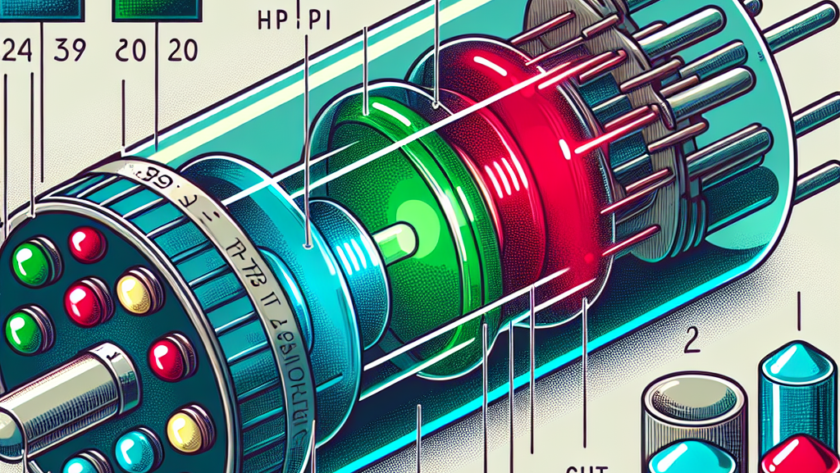Cathode Ray Tubes (CRTs) have been a cornerstone technology in the history of display devices. A crucial element in CRTs is the phosphor material, which is responsible for converting electron beams into visible light. In this article, we will explore the common phosphor types used in CRTs, their properties, and their applications.
Table of Contents
- Introduction to Phosphors
- Classification of Phosphors
- Zinc Sulfide-based Phosphors
- Rare Earth Phosphors
- Applications in Different Display Technologies
- Conclusion
Introduction to Phosphors
Phosphors are a type of material that emits light when exposed to electrons, ultraviolet radiation, or other excitation sources. In CRTs, phosphors are used to produce the visual output that users see on the screen. Different phosphor materials emit light of different colors.
Classification of Phosphors
Phosphors used in CRTs can be broadly categorized into two main types:
- Zinc Sulfide-based Phosphors
- Rare Earth Phosphors
Zinc Sulfide-based Phosphors
Zinc Sulfide (ZnS) based phosphors were among the first types used in early CRT displays. They are characterized by their efficiency in converting electrons to visible light.
- ZnS:Ag (Zinc Sulfide with Silver): This phosphor material emits blue light and is known for its high brightness.
- ZnS:Cu (Zinc Sulfide with Copper): This one emits green light and is typically found in radar and monochrome display applications.
The table below provides a summary of these phosphors:
| Phosphor Type | Activating Element | Emitted Color |
|---|---|---|
| ZnS:Ag | Silver | Blue |
| ZnS:Cu | Copper | Green |
Rare Earth Phosphors
Rare earth phosphors are known for their vibrant colors and stable performance. These are typically used in color CRTs and advanced display technologies.
- Y₂O₂S:Eu (Yttrium Oxide Sulfide with Europium): This phosphor emits red light and is highly efficient.
- La2O2S:Tb (Lanthanum Oxide Sulfide with Terbium): This one emits green light and offers excellent brightness and stability.
The table below summarizes these phosphors:
| Phosphor Type | Activating Element | Emitted Color |
|---|---|---|
| Y₂O₂S:Eu | Europium | Red |
| La2O2S:Tb | Terbium | Green |
Applications in Different Display Technologies
Phosphors are not only limited to traditional CRTs but have found applications in various other display technologies. Some of these applications include:
- Television and Monitors: Both zinc sulfide and rare earth phosphors are widely used in television and computer monitors.
- Medical Imaging: Phosphors are used in devices such as X-ray screens and other diagnostic equipment.
- Radar Displays: Green-emitting ZnS:Cu phosphors are particularly common in radar screens.
- Fluorescent Lamps: Many fluorescent lamps use rare earth phosphors for efficient light emission.
Conclusion
The choice of phosphor material in CRTs is crucial for determining the quality and efficiency of the display. Zinc Sulfide-based phosphors and Rare Earth phosphors each have their own advantages and applications. Understanding these materials can help in optimizing display technologies across various fields.

